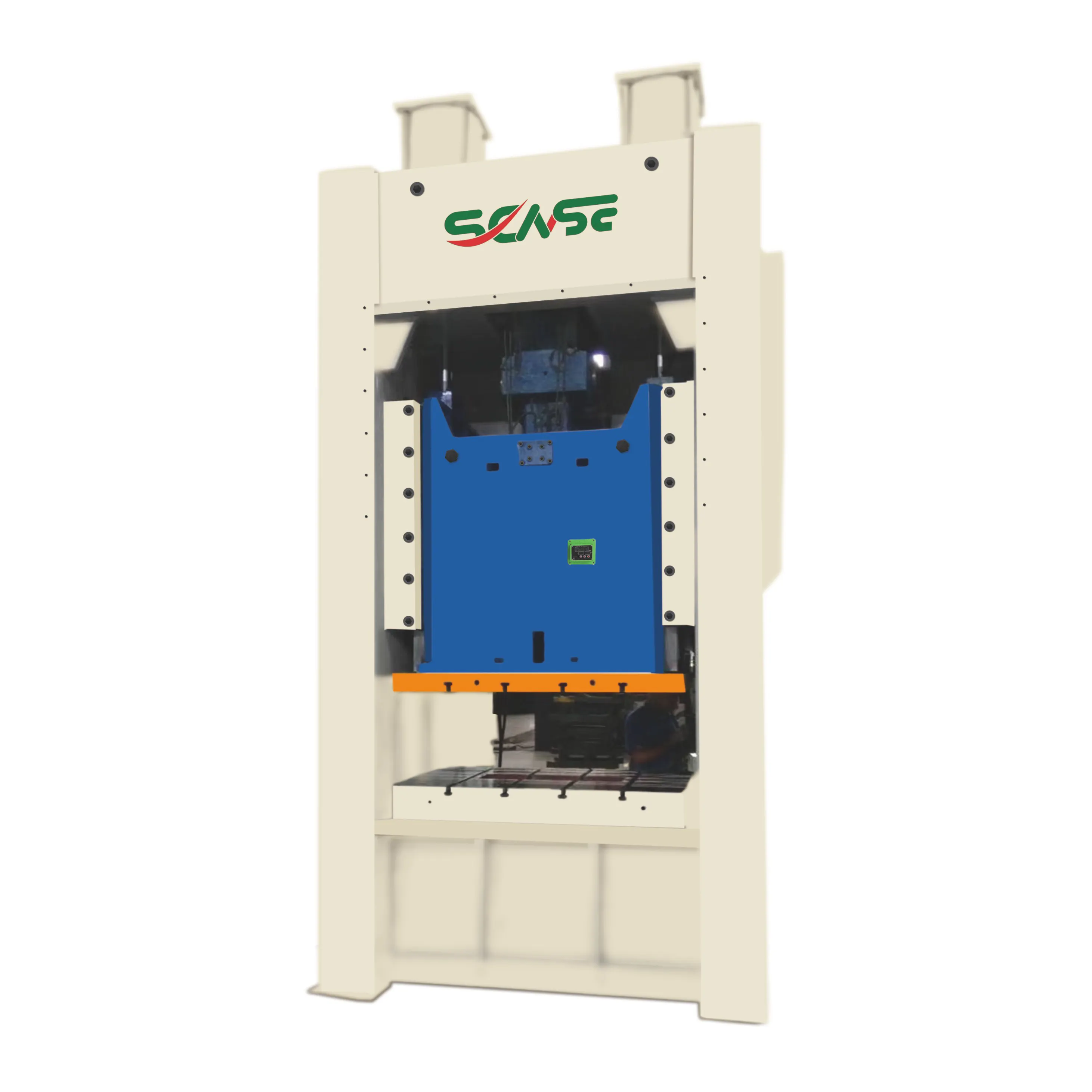What is Warm Forging and Material Compatibility?
Warm forging is a precise metalworking process where metals are shaped at a temperature above their recrystallization point but below their melting point. This method is particularly advantageous for materials that require a balance between strength and ductility. By maintaining the material's ductility, warm forging reduces strain hardening and cracking, leading to a more consistent and predictable final product. The process also involves precise temperature control and specialized equipment to ensure optimal material flow and minimal waste. Unlike cold forging, which can cause materials to become work-hardened, and hot forging, which can lead to a loss of material strength at higher temperatures, warm forging strikes a balance that enhances mechanical properties, surface finish, and dimensional accuracy. Recent research highlights its ability to produce high-quality components, such as pistons and connecting rods in the automotive and aerospace industries, with improved performance and reduced defects.
Warm Forging Applications
Warm forging applications span a wide range of industries, particularly in the production of high-strength materials for aerospace and automotive components. This process, which involves shaping metals at elevated temperatures, enhances the mechanical properties of materials such as titanium alloys and specialty steels. By utilizing advanced materials like these, manufacturers can achieve greater efficiency and sustainability in production. For instance, titanium alloys offer a significant reduction in weight while maintaining high strength, making them ideal for aircraft components. Additionally, new refining techniques and solid solution strengthening methods further optimize the forging process, leading to stronger, more durable end products. In the broader context of sustainable manufacturing, warm forging can incorporate recycled materials to minimize waste, employ energy-efficient techniques like induction heating to reduce energy consumption, and adopt circular economy models to continuously cycle materials through the manufacturing process. These applications not only enhance product quality but also align with environmental goals, ensuring a holistic approach to innovation in warm forging.

Material Compatibility in Warm Forging
Material compatibility in warm forging involves several key elements that ensure optimal performance and quality:
- Aluminum Alloys (e.g., 2024): These alloys exhibit excellent ductility and thermal stability, making them suitable for warm forging processes. Careful thermal management is essential to avoid hot spots and ensure uniform heating.
- Stainless Steels (e.g., 304): These steels perform well in warm forging due to their good ductility and resistance to corrosion. Maintaining consistent temperature control is crucial to prevent cracks and maintain material integrity.
- Surface Treatments: Techniques such as PVD (Physical Vapor Deposition) and CVD (Chemical Vapor Deposition) enhance die life and reduce wear. PVD, for instance, provides a thin, durable layer that minimizes friction between the die and the workpiece.
- Chemical Compatibility: Proper selection of die materials (e.g., tungsten carbide, ceramic) and workpieces is essential to prevent reactions that can degrade both parts and die life. Surface treatments can mitigate these risks.
- Data Analytics and Machine Learning: These tools predict and prevent die wear by analyzing thermal data, vibration data, and wear data. They help optimize process parameters and improve overall efficiency, ensuring consistent and high-quality forgings.
Steps in the Warm Forging Process
The warm forging process begins with heating the raw material to a specific temperature range, crucial for maintaining the desired mechanical properties while ensuring the metal remains malleable. The material is then placed into forging dies, which are carefully engineered to achieve the desired shape and dimensions. Proper temperature control is essential throughout the process, as excessively high temperatures can lead to grain growth and reduced properties, while temperatures that are too low can impede material flow. Once the material is shaped, it cools down slowly to avoid thermal stresses and retains the required microstructure. Finally, the forged part undergoes quality control inspections, including metallographic analysis and mechanical testing, to ensure it meets the stringent specifications required for its intended application.
Challenges and Considerations in Material Selection
For effective material selection in warm forging, several key considerations and challenges must be addressed:
- Thermal Expansion: Ensuring materials expand uniformly during heating to prevent distortion and cracking.
- Heat Resistance: Materials must maintain their structural integrity at high temperatures, especially for metals like aluminum and copper alloys.
- Metallurgical Transformations: Controlling phase transformations during the forging process is crucial to avoid property loss.
- Microstructure and Grain Size: Fine-grained materials offer better flow and fewer defects, while large grains can lead to hot cracking and lower quality forged components.
- Alloy Additives and Heat Treatments: Specific alloy additives and heat treatments can refine grain size and improve mechanical properties, making material selection in warm forging both challenging and essential for optimal outcomes.
Theoretical and Practical Implications in Industry
The theoretical and practical implications of warm forging and material compatibility are significant in various industries, particularly those requiring high-strength and lightweight materials. Advanced high-strength steels and aluminum alloys are increasingly utilized, which necessitates precise control over processing temperatures to achieve optimal material properties. This shift underscores the importance of thermal management technologies such as precise temperature control systems and cooling strategies, which not only enhance material quality but also reduce production costs through reduced distortion and improved product reliability. However, these advancements also pose challenges, including the need for significant initial investments and specialized training for operators. Additionally, integrating digital twin technologies and real-time monitoring systems offers substantial benefits in terms of process optimization and quality improvement. Case studies have shown that such integrations can lead to a reduction in defect rates and an improvement in product reliability, as seen in the automotive and aerospace industries. These technologies drive innovation and cost savings while enabling more precise temperature and pressure control, leading to new design possibilities and reduced operational costs.





